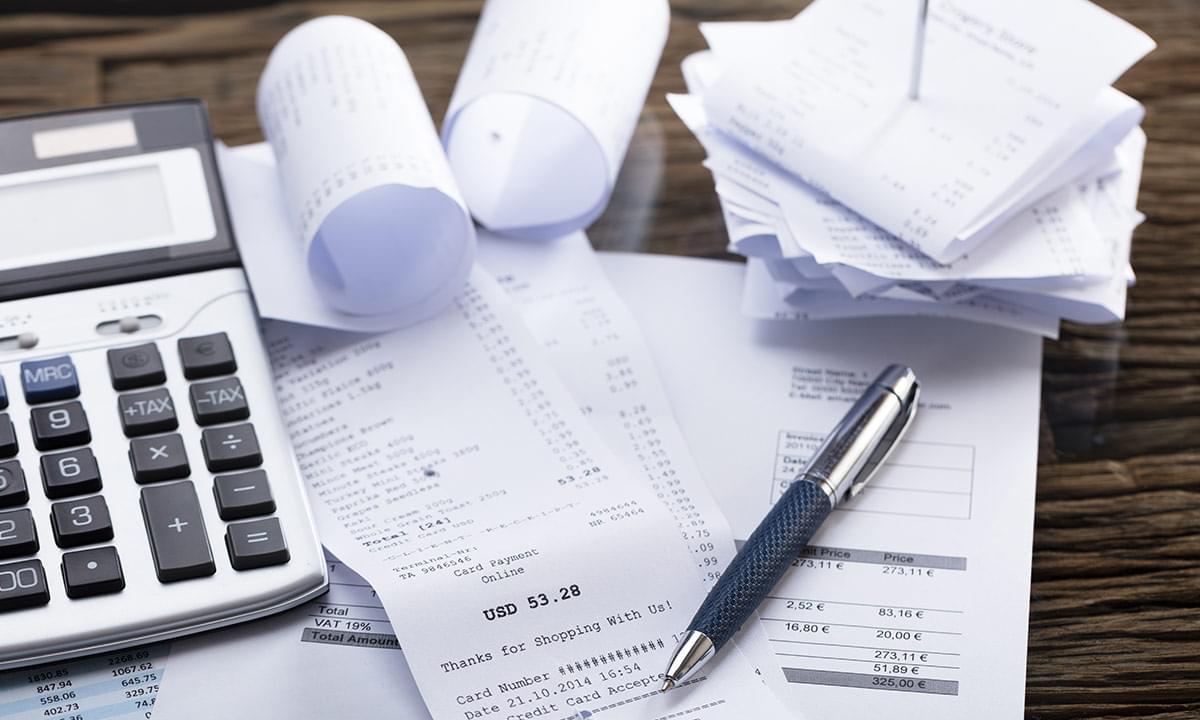Whether you’re a new business owner or have been up and running for a few years, managing the various business taxes you have to pay — including GST, payroll and income tax — can be overwhelming. From navigating through your obligations to ensuring you’re filing accurately and keeping up with your payments, staying on top of your taxes comes down to being organized, being prepared, and understanding the rules.
Here are five easy steps to help you effectively quarterback the taxes for your business.
1. Set Enough Aside
Many business owners, particularly when they are just starting out, aren’t aware of all the obligations they have when it comes to income tax filing. To avoid any missteps (or to cover yourself in case you miscalculate), it’s a good idea to be conservative with the percentage you set aside whenever you collect a payment.
You’ll also want to have all the facts when it comes to the types of payments you’ll be required to remit. Here are a couple of things to keep in mind:
Organize your cash flow with our cash flow template.
Understand the payment schedule:
Rescheduling tax payments can be tricky for some owners who are juggling cash flow to begin with, so it’s important to be prepared, understand what’s coming, and have a buffer in place.
- Business tax filing is due June 15th of each calendar year, but if you have a payment owing, you are required to pay it by the 30th of April, or the next business day.
- Once you are in business for a full calendar year, the CRA will require you to make quarterly installment payments throughout the year, rather than a one-time payment in April.
- File on what you earn, not just what you collect: It’s important to understand that as a business owner you are required to file your taxes based on what you earn, not just on what you collect. If, for example, you invoice for services provided, you need to file your taxes on what you have billed, even if you haven’t yet received payment. For this reason, it’s a good idea to set extra revenue aside to cover any gaps caused by late or pending receivables.
2. Be Aware of Your CPP/QPP Obligations
One often-overlooked component to tax filing is your CPP/QPP contribution, the rate of which is 9.9% of your pensionable earnings (up to a maximum set each year).
If you have employees, this contribution is split equally between you and your staff; if you’re self-employed, however, you are on the hook for both the employer and employee portions and are required to pay the full 9.9%.
To help you estimate your CPP/QPP obligation, the maximum contribution for self-employed owners was set at $5,128.20 for 2017.
Learn how to register for a GST/HST number if you business earns more than $30,000 per year.
3. Register for a GST/HST Number
While you don’t need to pay GST/ HST if your business earns less than $30,000 per year, once you do, you need to register for a GST/HST number within 29 days. If you expect that your business will eventually earn $30,000+ in revenue, it’s a good idea to register for your number as you get your business going, so you don’t have to worry about it later. It’s easy to register online and having your account set up in advance will be one less thing to do as your days get busier.
4. Remember Your Write Offs (but Be Reasonable)
Many business owners forget that they can write off car and home expenses if either are used for business.
As a starting point, calculate the percentage of your home that you use for work. You can then allocate that percentage of your electricity, gas, property tax and mortgage bills as business expenses. The same goes for your car —identify what percentage of your mileage is for business and you can write off your lease or financing payments, maintenance costs and fuel expenses accordingly.
Keep in mind, writing off part of your home and car expenses for work is a huge advantage to small business owners, but be sure not to get carried away. Take care that your allocations and expenses pass the reasonability test – for instance, if you allocate 80% of your home for business and you’re a graphic designer or independent consultant, you may set off a red flag.
5. Stay Organized
Are you using the “shoe box” technique when filing receipts and managing expenses? If so, you’re certainly not alone, but you’re also not setting yourself up for a smooth tax season. If you have a paper receipt for an expense, it’s a good idea to write what it was for on the back, so that you remember when it’s time to add up your expenses. It’s also smart to file your receipts by category as you go, so you’re not left with a big job in the spring.
One great way to organize your business expenses is with a business credit card, which will allow you to cross-check your expenses and keep your personal and business spending separate. It may also be simpler for you to organize your expenses electronically, and some business software options help you digitally manage your receipts, import your business credit card transactions and will categorize them automatically for you.
Managing your business taxes can feel like an intimidating process. But keeping good records, budgeting with a buffer and approaching your write offs sensibly can help you feel confident and prepared come tax time.
This article is intended as general information only and is not to be relied upon as constituting legal, financial or other professional advice. A professional advisor should be consulted regarding your specific situation. Information presented is believed to be factual and up-to-date but we do not guarantee its accuracy and it should not be regarded as a complete analysis of the subjects discussed. All expressions of opinion reflect the judgment of the authors as of the date of publication and are subject to change. No endorsement of any third parties or their advice, opinions, information, products or services is expressly given or implied by Royal Bank of Canada or any of its affiliates.















